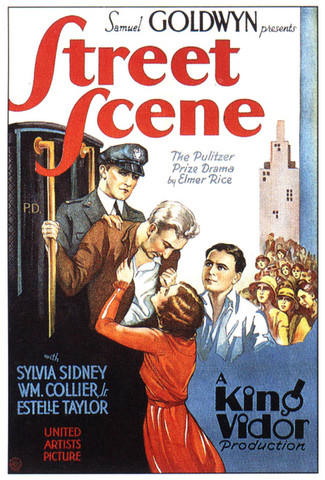
Quote:
The hero of Ayn Rand’s The Fountainhead is Howard Roark (Gary Cooper), a fiercely independent architect obviously patterned after Frank Lloyd Wright. Rather than compromise his ideals, Roark takes menial work as a quarryman to finance his projects. He falls in love with heiress Dominique (Patricia Neal), but ends the relationship when he has the opportunity to construct buildings according to his own wishes. Dominique marries a newspaper tycoon (Raymond Massey) who at first conducts a vitriolic campaign against the “radical” Roark, but eventually becomes his strongest supporter. Upon being given a public-housing contract on the proviso that his plans not be changed in any way, Roark is aghast to learn that his designs will be radically altered. Roark sneaks into the unfinished structure at night, makes certain no one else is around, and dynamites the project into oblivion.Read More »




